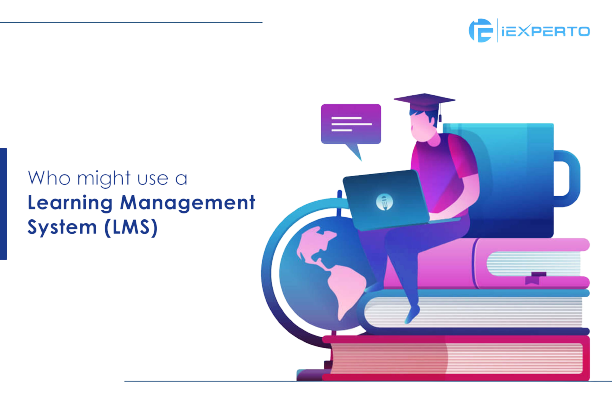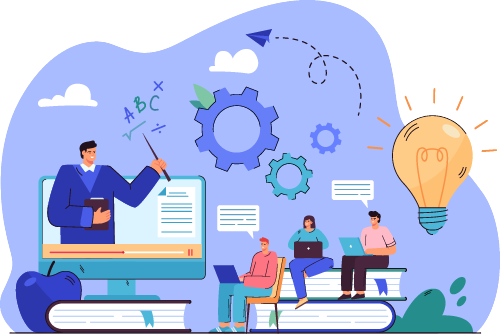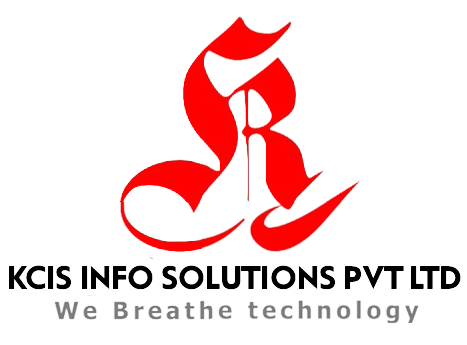Learning Management System

A Learning Management System (LMS)
A Learning Management System (LMS) is a software application or platform designed to facilitate the management, delivery, and tracking of educational or training content. LMSs are commonly used in educational institutions, corporate training programs, and various organizations to streamline the learning process and enhance the learning experience. Here are some key features and functions of a typical Learning Management System

Course Management: LMSs allow administrators and instructors to create and organize courses. This includes defining course objectives, adding content (text, multimedia, documents), setting up assessments, and establishing prerequisites.
User Management: LMSs provide tools to manage user accounts, including students, instructors, and administrators. Users can be assigned different roles and permissions, ensuring that only authorized individuals can access specific resources and features.
Tracking and Reporting: LMSs track user progress and performance. Instructors and administrators can generate reports on various metrics, such as completion rates, quiz scores, and user activity, to assess the effectiveness of the learning materials and make data-driven decisions.
Assessment and Quizzes: LMSs often include assessment tools for creating and administering quizzes, exams, and assignments. Automatic grading and feedback can be provided to learners, saving instructors time.
Communication and Collaboration: Many LMSs offer communication tools like discussion forums, chat, and messaging systems. These features facilitate interaction among learners and between learners and instructors, promoting collaboration and discussion.
Customization and Branding: LMSs can be customized to reflect the branding and identity of the organization. This includes adding logos, colors, and customizing the user interface to maintain a consistent look and feel.
Integration: LMSs can integrate with other software systems, such as HR systems, CRM systems, video conferencing tools, and content repositories, to provide a seamless learning experience and ensure data consistency.
Mobile Accessibility: Modern LMSs are often designed to be accessible on various devices, including smartphones and tablets, to accommodate learners who prefer mobile learning.

